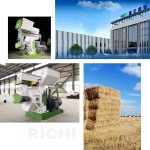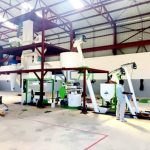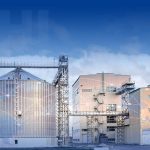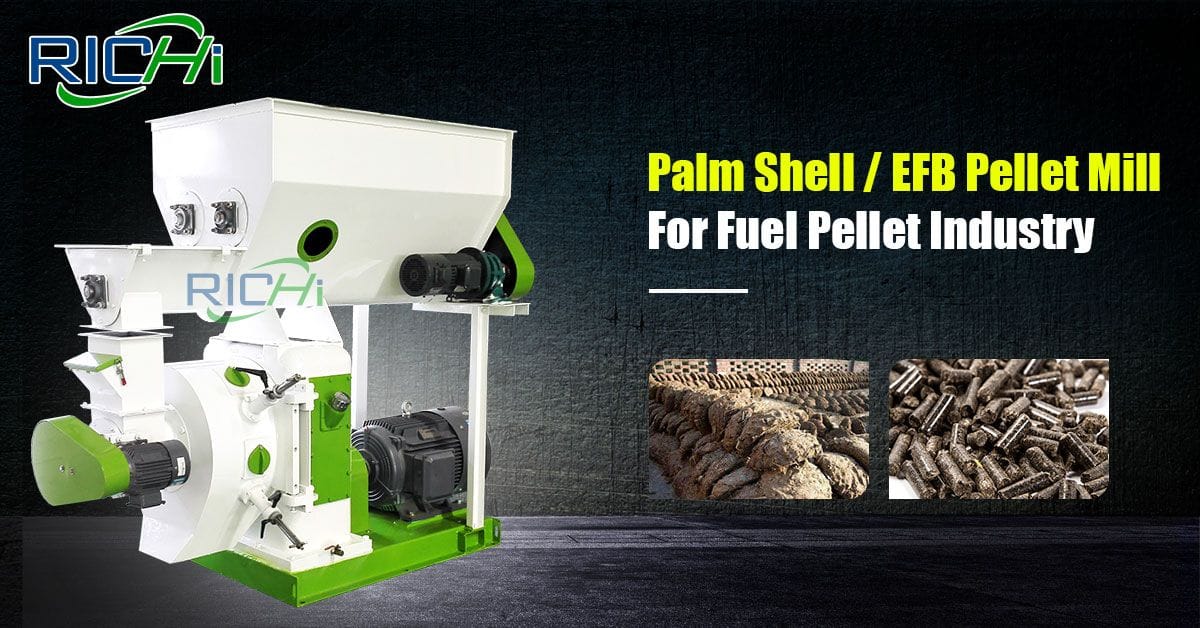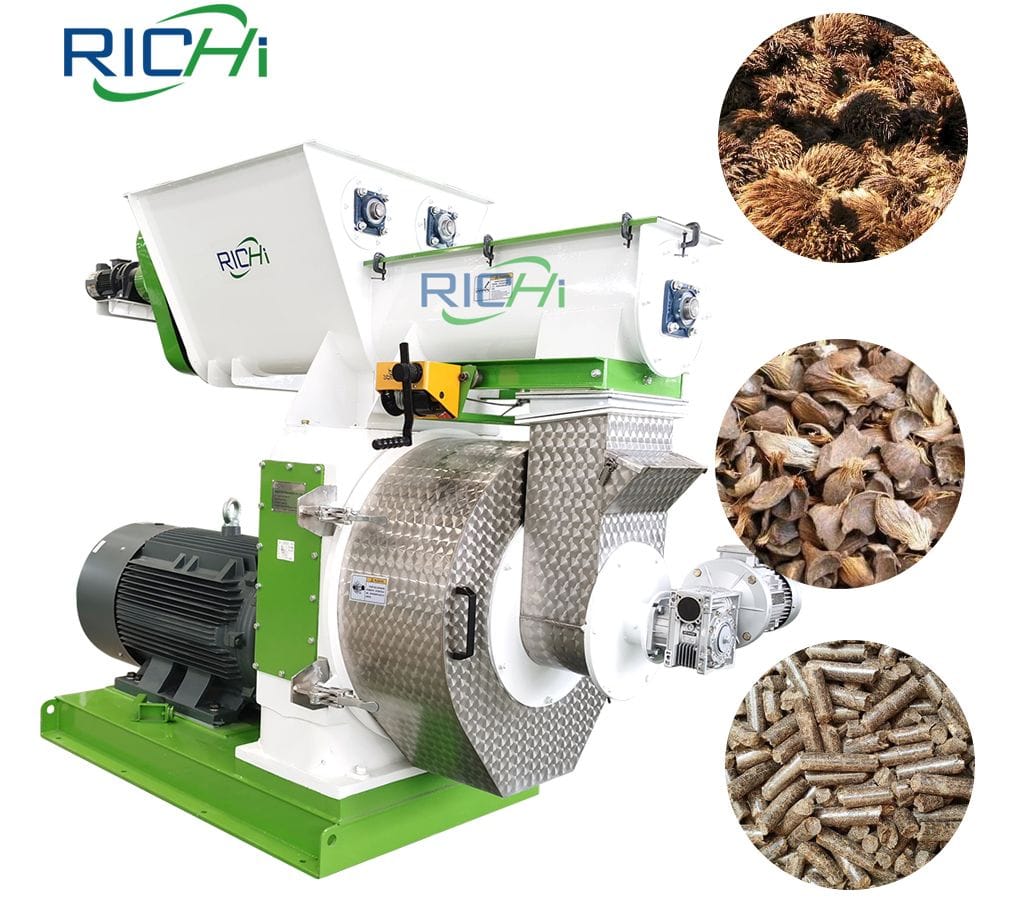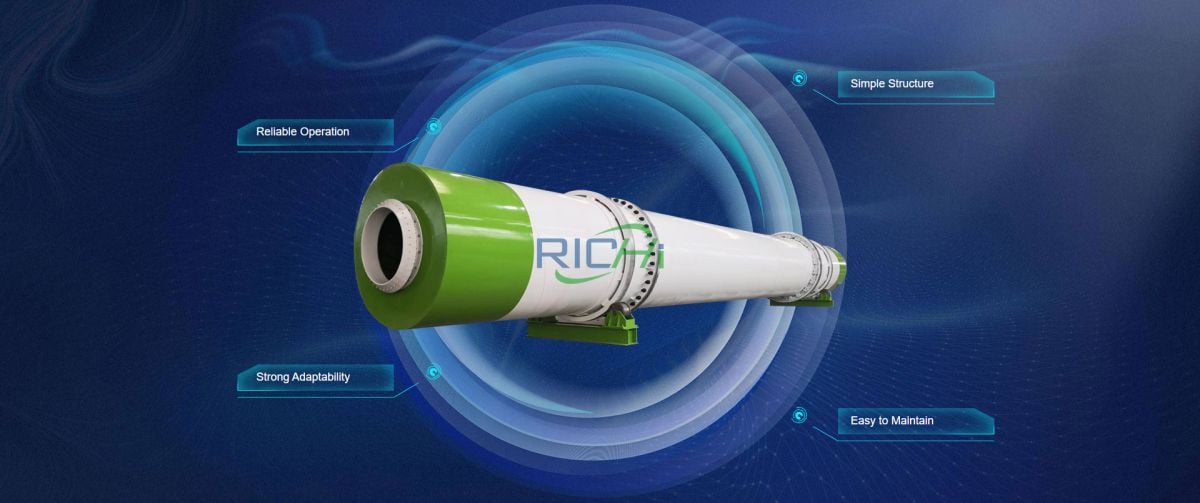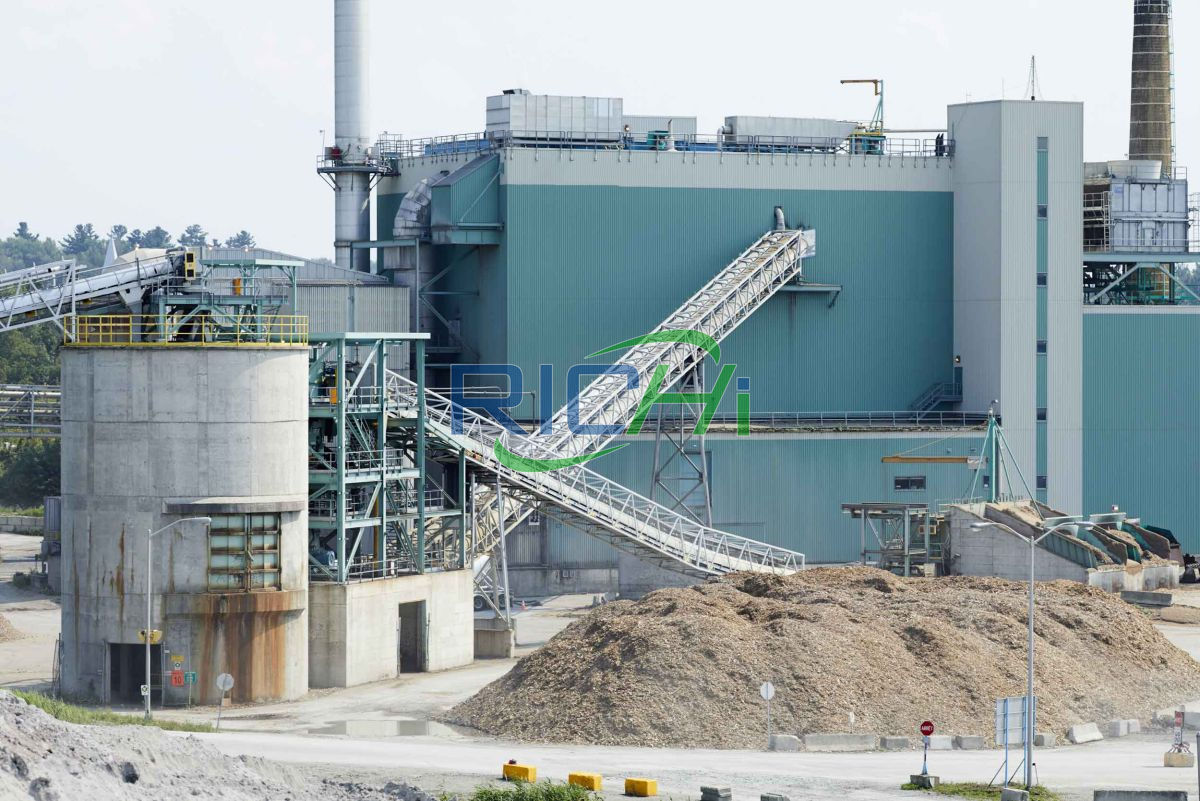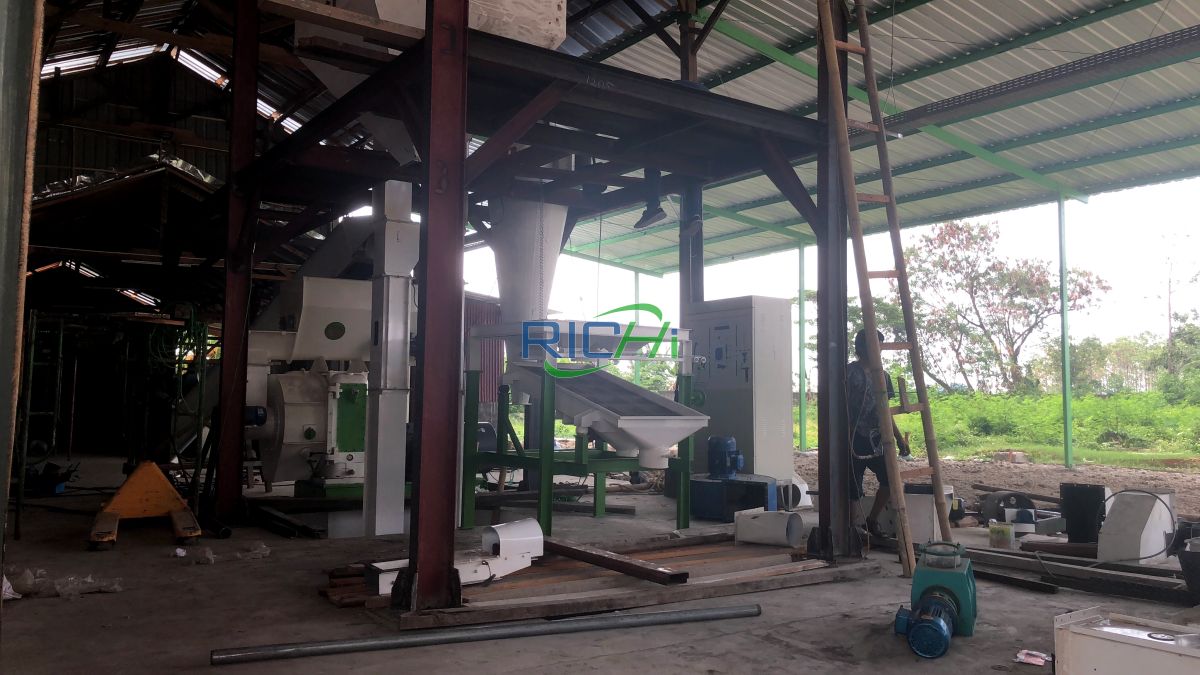Empty Fruit Bunch (EFB) pellet machines play a crucial role in converting palm oil waste into valuable renewable fuel. The efficiency and performance of these machines are heavily dependent on the accessories used. Selecting the right accessories is essential for optimizing the production process, ensuring consistent pellet quality, and maximizing the long-term use of the EFB pellet machine. This article provides guidance on choosing the most suitable accessories for an EFB pellet machine.
1. Understanding EFB Characteristics
Before selecting accessories, it is important to understand the unique characteristics of EFB as a feedstock:
- High Moisture Content: EFB typically has a moisture content of 50-60%, which is too high for effective pelleting. Accessories that can efficiently dry the material are crucial.
- Fibrous Nature: EFB has a long, hard fiber structure that can be challenging to process. Accessories designed to handle fibrous materials are necessary for optimal performance.
2. Selecting the Right Feeder
The feeder is responsible for delivering a consistent flow of EFB into the pellet machine. When choosing a feeder, consider the following:
- Durability: Select a feeder made from wear-resistant materials that can withstand the abrasive nature of EFB. This will reduce maintenance requirements and ensure long-term reliability.
- Flow Control: Choose a feeder that provides accurate and consistent material flow to prevent fluctuations that can affect pellet quality. Inconsistent feeding can cause pressure variations in the pellet chamber.

3. Choosing an Effective Drying System
Proper drying is essential for reducing the moisture content of EFB before pelleting. Consider the following when selecting a drying system:
- Moisture Reduction: Choose a dryer that can effectively reduce the moisture content of EFB from 50-60% to the ideal range of 10-15% for pelleting.
- Energy Efficiency: Select a dryer that uses an efficient heat source, such as sawdust or waste wood, to minimize energy consumption and operating costs.
4. Selecting the Appropriate Crusher
The crusher is used to reduce the size of EFB fibers before pelleting. When choosing a crusher, consider the following:
- Particle Size: Select a crusher that can consistently produce the desired particle size (typically less than 5 mm) for optimal pelleting. Larger particles may not compact properly, leading to weak pellets.
- Maintenance Requirements: Choose a crusher with low maintenance needs to minimize downtime and operational costs. Regular maintenance will help prolong the crusher’s lifespan and ensure consistent performance.
5. Choosing High-Quality Dies and Rollers
The die and rollers are critical components that shape the pellets. When selecting these accessories, consider the following:
- Material Selection: Choose dies and rollers made from high-quality, wear-resistant materials to withstand the high pressures and temperatures during pelleting. Poor-quality components can lead to frequent replacements and increased operational costs.
- Precision Engineering: Select dies and rollers with precise engineering to ensure consistent pellet size and density. Inaccurate components can lead to uneven pellet formation, affecting the overall quality and performance of the machine. (Related post: efb pellet plant)
6. Selecting an Efficient Cooling System
The cooling system is essential for stabilizing the pellets after they are formed. When choosing a cooling system, consider the following:
- Cooling Efficiency: Select a cooling system that can effectively reduce the temperature of the pellets while minimizing moisture loss. This is crucial for maintaining the structural integrity of the pellets and ensuring they are ready for packaging.
- Impact on Production Rate: Choose a cooling system that helps prevent bottlenecks in the production process, allowing for a smoother workflow and higher overall output.
7. Considering Supplier Reputation and Support
When selecting accessories, it is important to choose reputable suppliers known for their quality and reliability. Consider the following:
- Supplier Reputation: Research suppliers and read reviews to ensure that you are investing in durable, high-quality accessories.
- Compatibility: Ensure that the accessories are compatible with the specific model of the EFB pellet machine. Incompatible components can lead to operational issues and reduced efficiency.
- Warranty and Support: Look for suppliers that offer warranties and after-sales support for their products. This can provide peace of mind and assistance in case of any issues that arise during operation.
8. Conclusion
Selecting the most suitable accessories for an EFB pellet machine is crucial for optimizing performance, ensuring consistent pellet quality, and maximizing the long-term use of the machine. By understanding the characteristics of EFB as a feedstock and considering factors such as durability, flow control, moisture reduction, particle size, precision engineering, cooling efficiency, and supplier reputation, producers can make informed decisions when choosing accessories.Investing in high-quality accessories and maintaining them properly will contribute to the overall success and sustainability of EFB pellet production operations. As the demand for renewable energy sources continues to grow, prioritizing the selection of suitable accessories will be essential for maintaining a competitive edge in the biomass industry. By focusing on these factors, producers can enhance the efficiency and longevity of their EFB pellet machines, ultimately leading to greater profitability and sustainability in their operations.



